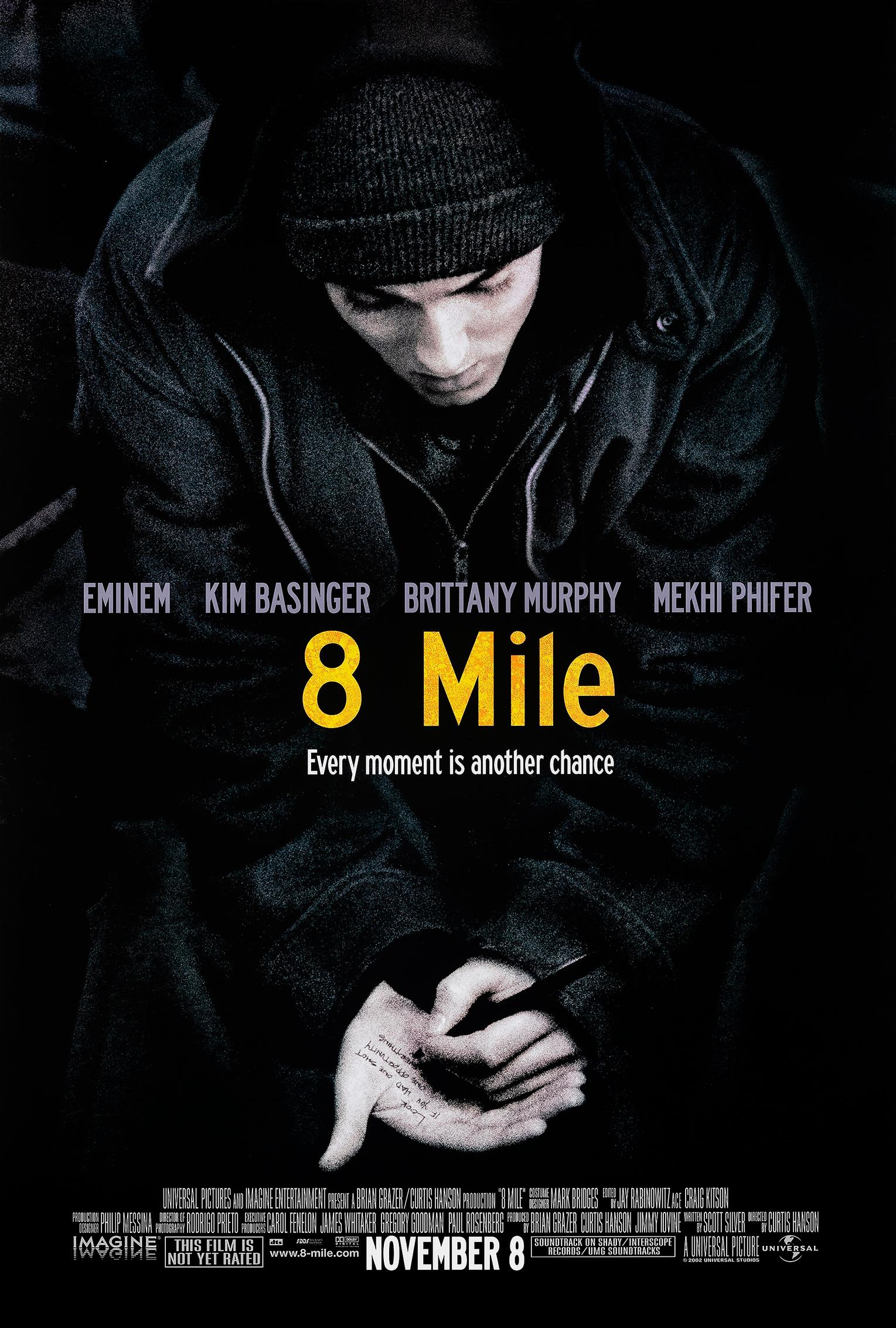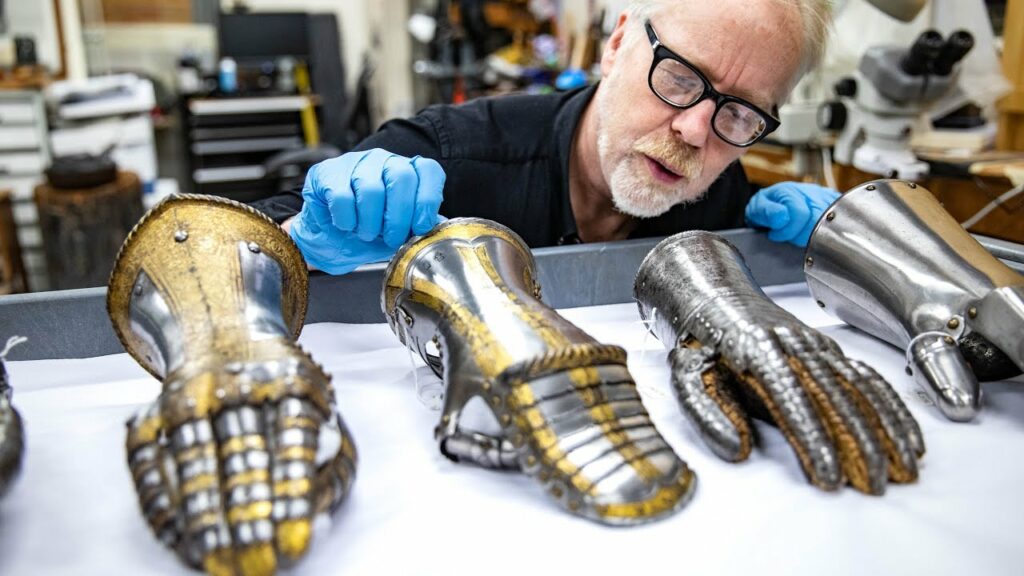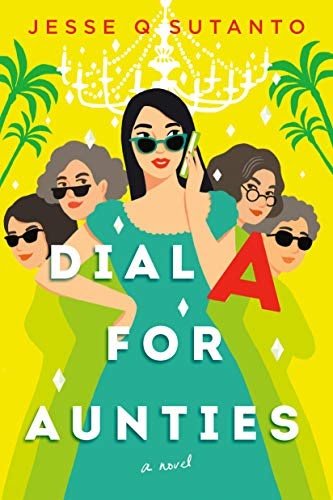Putting rappers in movies had long been fashionable, dating back to Wild Style (1983), Style Wars (1983), and Krush Groove (1985), all of which were populated with pioneers of early hip-hop—though said pioneers were usually playing versions of themselves, if not engaging in outright documentary. The 1990s were more of a traditional star system, with MCs asked to reinterpret their musical identities: Tupac Shakur could have won Tony Awards if he’d had the temperament to stay in one place for an entire theatrical run. But Pac was a classically trained actor, truly after a belt in two classes; he wasn’t someone who used movies to bolster his name recognition and record sales. But for Pac, his work in the two mediums was symbiotic: the bombastic, often violent characters he played were made deeper by the pain in his music, his songs informed by the supernova charisma he displayed on-screen. By contrast, DMX bullied his way into multiplexes with the sheer emotional vigor that colored his records. Hype Williams’s Belly (1998) is a movie about fish who don’t know that the aquarium has imprisoned them; DMX’s Tommy “Buns” Bundy flits through different modes (hustler, husband, government employee, confused soul) but plays them all at their inevitable extreme. That’s quite like DMX as a rapper too. X wasn’t a figure with control. He lived a deeply intense and deeply sensitive life. There are no Nino Browns in Belly—only people who reside on the fringes, abused by the system.
Eminem was different. Prior to 2002’s The Eminem Show—the album that vaulted him to a new plane of respectability—his flow was on a string like a child’s yo-yo. See 2000’s “Kill You,” where he darts around like Miles Davis on the trumpet. You might have found Eminem loathsome, or his provincial wardrobe quite swaggerless, but he rapped with snarling precision. For all the uproar over the sociopolitical provocation of his words, there was too little attention paid to their musical properties: every syllable, on “Kill You” and songs like it, was placed with precision, slipping through gummy bass or in sync with Dre’s pianos as if his voice were the drum. Anyone who thought that Eminem was just a foul-mouthed shock artist should have been astonished at his mechanical breath control and songwriting talent. This was no Eric Cartman; he was Picasso with food stamps.
So when Em’s self-analysis grew graver on The Eminem Show (“Let’s do the math: if I was Black / I would have sold half”), it functioned as the end of an era. He was no longer volatile and unexplainable—he was a talking head. Soon, Rolling Stone would have a cover that wouldn’t have been possible years prior. It was called, unironically, “The Serious Side of Eminem.” He was turning a corner, arriving at the center of the power structure he once littered with firecrackers.
The same year that Eminem Show dropped, 8 Mile brought all that baggage to the screen. In the Curtis Hanson–directed, quasi-biographical drama, Eminem plays Jimmy “B-Rabbit” Smith Jr., a down-on-his luck but hungry rapper in Detroit. Rabbit is white and works in a factory, barely making a living wage. His boss is as hard on him as the crowds at the rap clubs he aims to dominate; both are Black. He’s beefing with a group of neighborhood boys, led by Anthony Mackie’s Papa Doc. Rabbit lives in a trailer park with his sister (Chloe Greenfield) and mom, Stephanie (Kim Basinger); Stephanie’s boyfriend (Michael Shannon!) treats her like a rag doll that he can occasionally have sex with. The endless cycle of poverty and negligence plays out in front of Rabbit; all he can do is watch, and write.
Even those who have never seen 8 Mile in full are likely to be familiar with its climactic rap battle, where an indignant and compellingly raw Rabbit flips all of the jokes thrown at him for his whiteness back at his opponents, and at the audience—something akin to the way real-world Eminem would skewer his own image to indict others.
From 8 Mile’s beginning, we’re shown how talented a lyricist Rabbit is. He’s clearly practiced, but now fluid at the art of the freestyle, able to concoct insults on the fly and command a neutral—or not so neutral—crowd at once. (In one of those scenes, Rabbit defends a gay co-worker, an obvious laundering of Eminem’s image after the fury over his homophobic lyrics and subsequent Grammy Award performance with Elton John.)
What isn’t underlined is the fact that hip-hop is about more than lyrics or flow. In actual real life, it wasn’t until Eminem started to rap debonairly about violence, gross sex, and his own poverty that he became a star. Marshall Mathers had been knocking on the doors for quite some time; 1996’s Infinite was technical but inert, a record by a diligent kid who had listened to AZ but never stood on the corner of Alabama Avenue in East New York. He was a copycat. It was when he created the Slim Shady persona, a cartoon vessel for his superior knowledge of hip-hop and studious technical skills, that he became transcendent, the baddest man on the planet—the only white boy to freestyle on Hot 97.
As for that final battle scene—it understands both Eminem as a pop-cultural figure and Rabbit as a specific character, as well as the hidden aspects of what made Eminem radically fresh when he showed up. Part of Em’s tantalizingly wicked appeal was his extreme self-awareness; he comes from the same tree as 2Pac and LL Cool J with his emotional intelligence, which at times turns his acidic jokes inward. “I’m a piece of fucking white trash, I say it proudly,” he raps toward the climax of that battle—in which he embarrasses Papa Doc for being a fraudulent gangster who actually went to a private school. This is hardly a surprise if you’re a viewer of the movie: Papa Doc moves like someone who is being a bully out of sheer boredom, or perhaps even shame about his class status.
When Eminem came out with his first hit single, 1999’s “My Name Is,” hip-hop was in a great state, but a slightly less rugged one than it had been in years prior, especially in the mainstream. The murders of the Notorious B.I.G. and Tupac Shakur made fans, critics, and artists themselves leery of the violence on records spilling over into real life. Street acts continued to blow up, but they were slightly posher: Jay-Z, the LOX, and Juvenile were starting to get shine for being hustlers, but with crisp and clear-eyed music ready for broad distribution. You never heard about Jay-Z’s discrete acts of violence; you just knew that you maybe shouldn’t try him. But these guys were also ready-made stars. The image of Jay on a yacht, pouring champagne and hanging with models, is burned in your mind. There was the prevailing notion that violence costs too much and takes your mind off the pleasures of life. It also had a political dimension: Jay was attempting to drive hip-hop culture nearer the consciousness of the Black elite; although he would not get there until much later, these were the semiotic seeds.
Eminem was the opposite of this mentality. For all of his natural, studied respect for hip-hop and the Black rappers who made it, Marshall Mathers was white, dirty, and decidedly low-class. On the song “Marshall Mathers,” he snips, “You little groupie bitch, get off me, go fuck Puffy”; on “The Real Slim Shady,” he shades the Fresh Prince for his insufferable—and they were—pop raps, noting that “Will Smith don’t gotta cuss in his raps to sell records / Well, I do, so fuck him, and fuck you too.” Em was positioning himself as an alternative to the high-class Black people who were dominating rap at the time. Those men were in the private part of the club toasting champagne and discussing how they made it there by hustling. Eminem was coming home to his child’s mother strung out on the couch. Never mind that he finally got his deal with Dre and immediately exploded; for him, that explosion happened in spite of the ways he was coded.
Of course, Rabbit’s character realizes his modest dreams by weaponizing that class identity. When he shows up to that final battle, in a club where he had previously choked in front of a raucous and mostly Black crowd, he’s ready to reveal, to underline all of the supposed flaws that the crowd already knows he has. He is white, he is a bum, and he does live in a trailer with his mom (the joke in these lyrics, to me, is that it often feels as if Eminem the rapper has literally rapped these words before). As soon as he stops looking within, something magical happens: he turns to Papa Doc, the fake tough guy. Doc, it turns out, actually went to private school; his parents have a good marriage. What’s shocking is less the line itself (“You went to Cranbrook—that’s a private school!”) than the way it completely snatches the soul from Doc. His trajectory in hip-hop is effectively done, defeated by this low-class white man stripping away an important bit of clout.
I have always had complicated feelings toward that line, and toward Eminem himself. Should this white man—who eventually became just as famous as, if not more than, the Black men he was challenging—be deified for this scene, for the complex that animated it? But in 8 Mile, Rabbit doesn’t score the uncomplicated victory over his doubters that it seemed, in 2002, Eminem had. After the battle is over, Rabbit goes back to the factory to finish out his shift. He doesn’t immediately get signed and get to make hit songs with Dr. Dre. For him—as for most of us—adulthood is going back to the grind after the very small accomplishments that you secretly suspect will change your life, but don’t. In that, Eminem, the actor, wasn’t letting his superstardom override the inconsolable truth.


